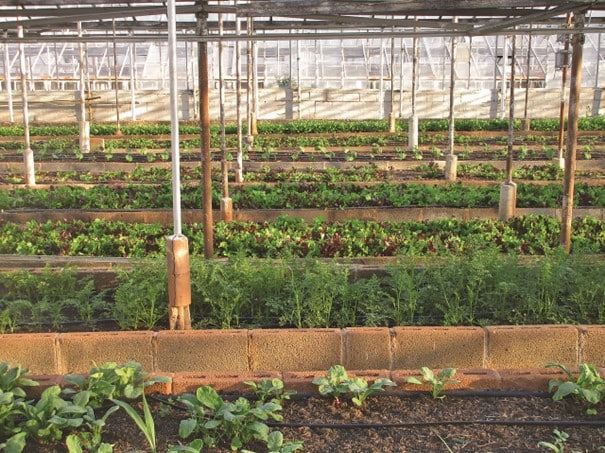Join JPI UE
Faq
FAQ
Please click here for the frequently asked questions we collected.
If you have an additional questions you are welcome to mail us at info@jpi-urbaneurope.eu

The relevance of the FWE interdependencies really only took off as recently as 2011 when a Nexus Conference took place in Bonn, Germany. It was here that “it was established that failing to recognize the consequences of one sector on another can lead to notable inefficiencies in the entire system”.
What follows are some of the more pressing and relevant snippets about food, water, and energy, which pressures they are facing, how they interlink, and what it all means for the environment.
Since the mid-1960s, agriculture has increased by 300%. Disproportionately, the land used to produce it has only grown by 12%.
Food is energy and water hungry!

The water and energy that goes into producing all the food which is wasted in South Africa in a 12-month period could power Johannesburg for 20 years and fill 600,000 Olympic sized swimming pools! Efforts to improve efficiency could see this put to use.
Water. It’s a basic human right.
Some say it’s sand, while others say concrete: whatever is the second most-consumed resource on the planet, what they do agree on is that water is the first. Scary, then, that access is threatened not just by ever-higher demand, but also climate change.
Globally, only 3% of water available to us is fresh and potable.
UNESCO predicted in 2018 an annual global water demand increase of 20-30% up to 2050.
The nexus presents opportunities for salvaging stretched resources.
Electricity is still short in supply in many developing nations, primarily across Africa and Asia. Blackouts are not unusual.
Power generation requires some kind of fuel: 90% of the time this is water-intensive.
Many countries use freshwater for cooling power plants:
More efficient power plants requiring advanced cooling systems may drive up the volume of water withdrawal by 20% by 2035, as their consumption rises by 85%.
In 2021, 55% of all humans lived in urbanised areas, packed into just 2% of all dry land.
From 2020 to 2050, the projected number of people living in cities will double. According to the UN, that will mean two-thirds of a global population of 9 billion with reside in urban centres.
As populations continue to increase, so does pressure on finite supplies of food, water, and energy. Developing nations will be some of the worst affected. In Africa, for example:
Inequality blights access to food. A 2021 report from the United Nations calculates that “3 billion people cannot afford a healthy diet”.
According to the United Nations, water scarcity will affect 1.8 billion people in 2025. At current rates, by 2050, that will rise to 5 billion.
The World Wildlife Fund writes: “It is predicted that by 2025, most countries of Africa and West Asia will face severe water scarcity due to increasing population and demands on water.”
We’re talking about three resources, so it stands to reason their combined carbon footprint is considerable. The combined access, extraction, and consumption of food, water, and energy rack up 70% of CO2 emissions.
It’s important we review our relationship with the nexus. Climate change poses many challenges. Changes to hydrological cycles will cause more floods and droughts, making “it more difficult in the developing world to grow crops, raise animals and catch fish”. That makes it a pressing social – even humanitarian – issue.
A healthy, integrated FWE nexus can help us hit climate goals.
This article is part of a pilot effort between CityChangers and JPI Urban Europe to highlight the complex interrelations of urban food-, water- and energy systems to a non-academic audience. The articles are based on interviews with researchers from five of the 15 projects funded in the SUGI FWE Nexus, reports produced in the SUGI FWE Nexus initiative as well as public statistics and reports. The conclusions and recommendations derive from the authors conclusions. Read more articles and access research results from all SUGI FWE Nexus projects at the Urban Europe website.